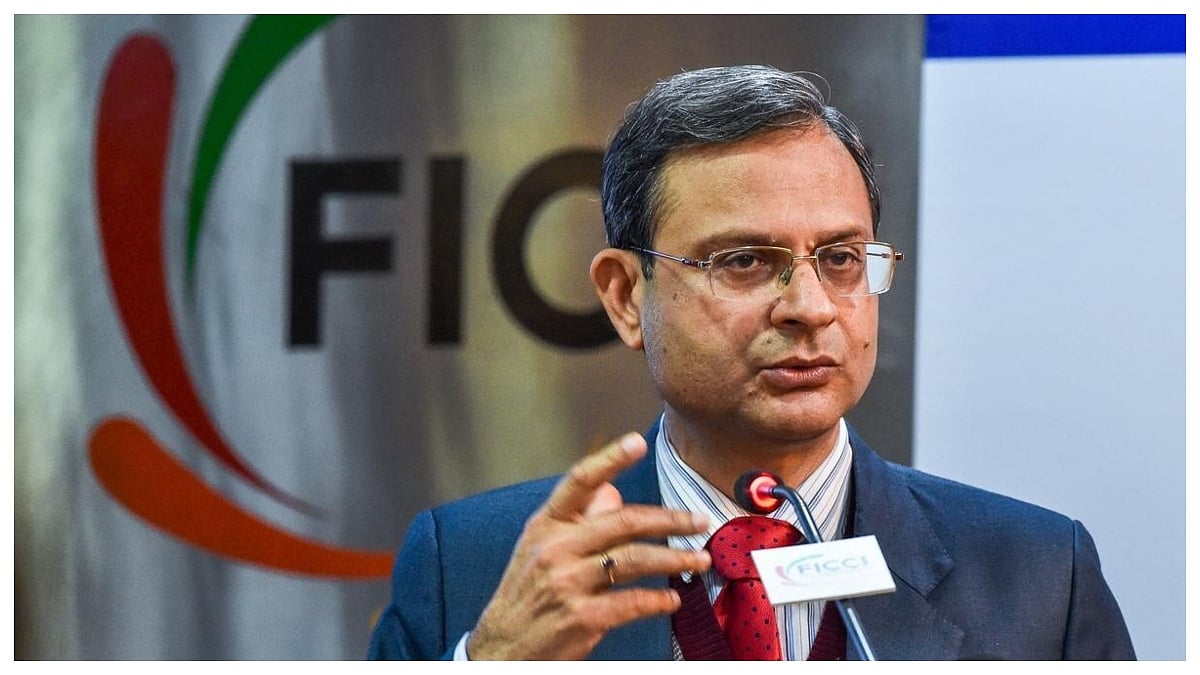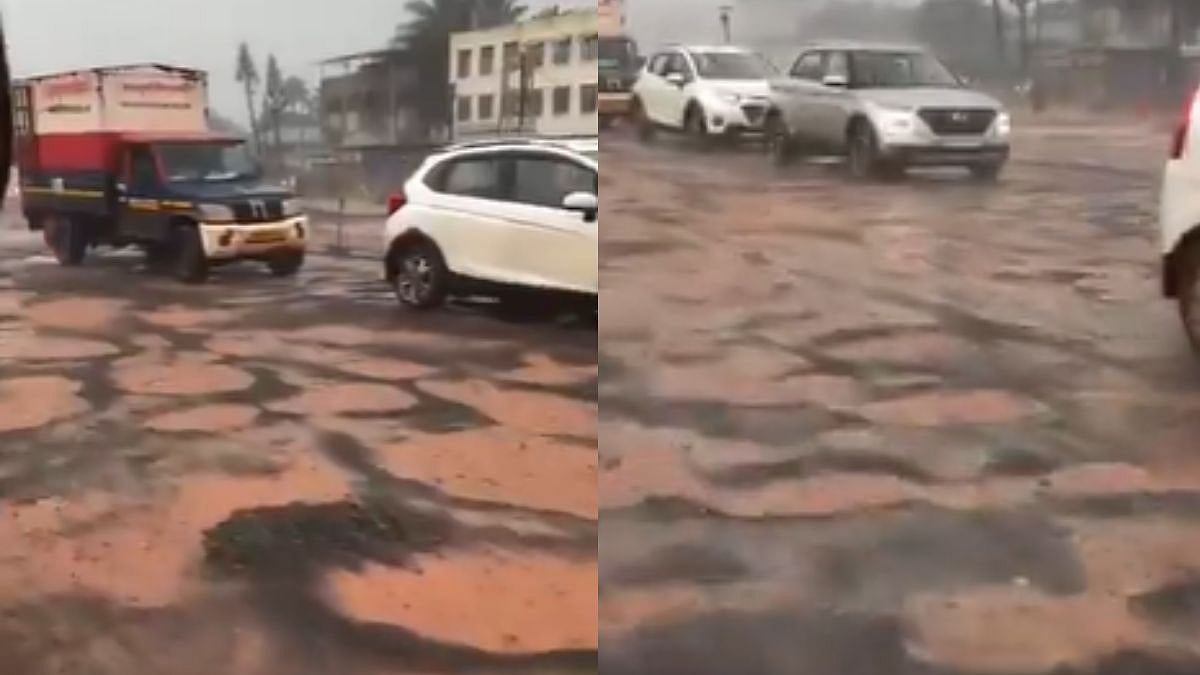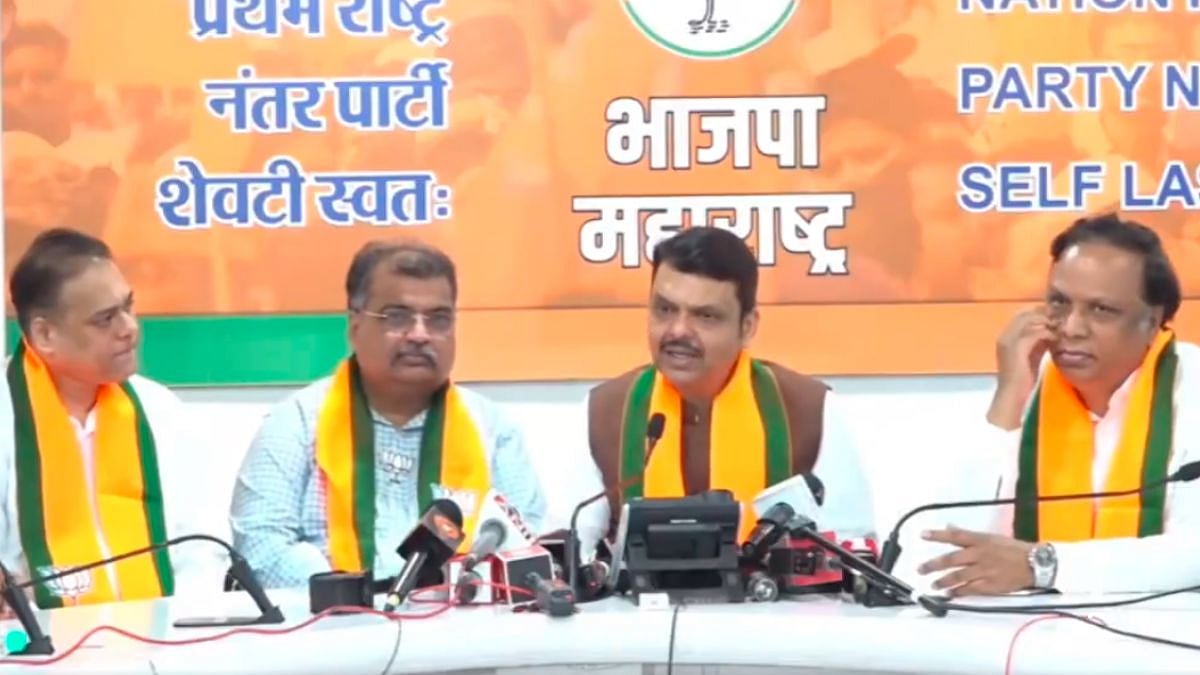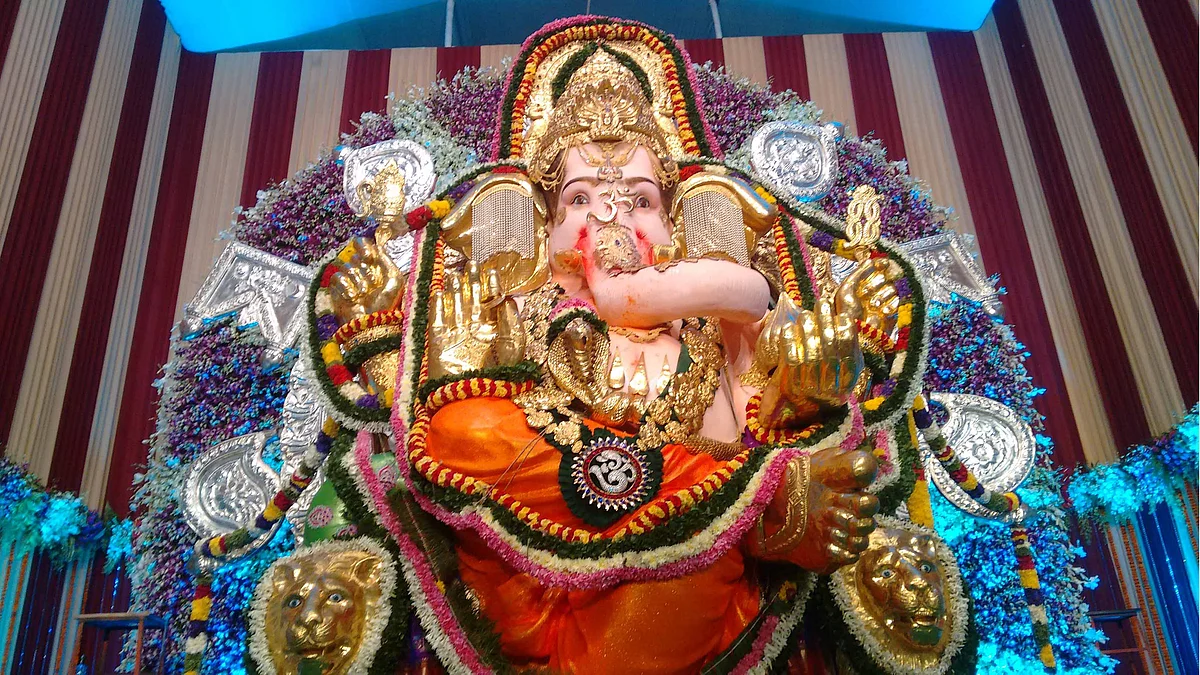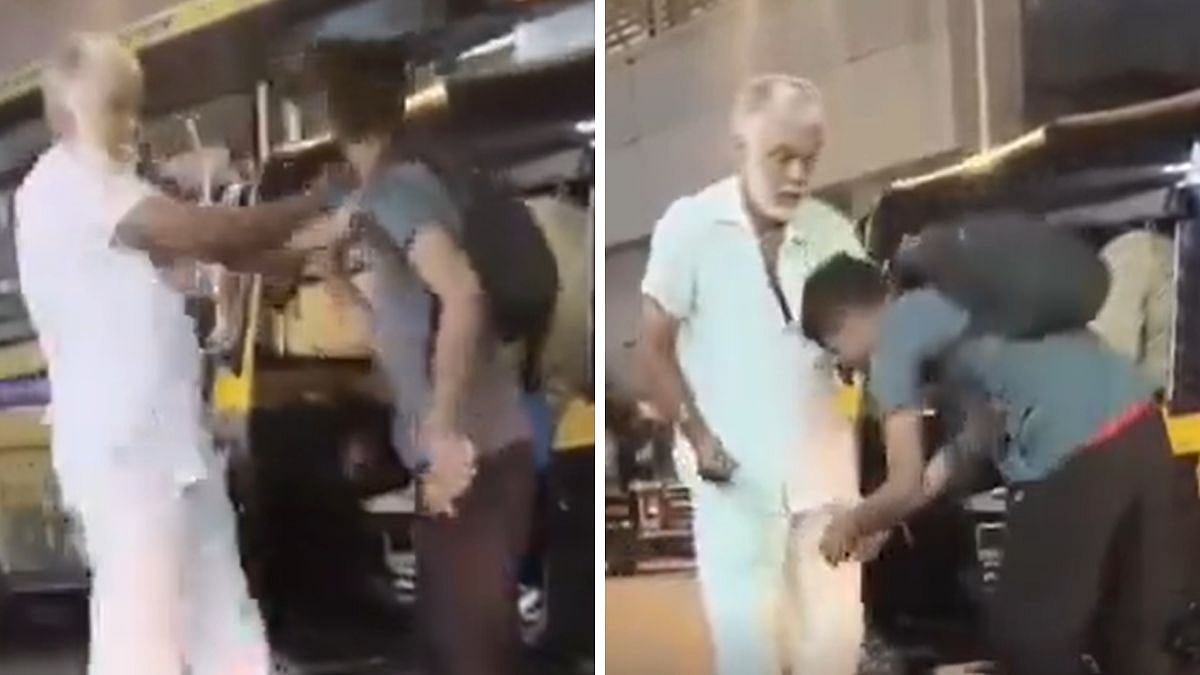Travelling by train has always been an integral part of India's cultural fabric, connecting people across cities and regions. Among the notable trains that have captured the hearts of passengers is the iconic Flying Ranee Express. With a rich history spanning over a century, the Flying Ranee has become a symbol of comfort and reliability.
In a bid to enhance the travel experience for passengers, Western Railway has announced the replacement of the conventional rake with a modern LHB rake, marking a new chapter for this immensely popular train.

A Storied Legacy
Immensely popular Surat bound Express train first started chugging in 1906, and was stopped eight years later. It was restarted in 1937, only to lose its steam yet again, presumably in 1939. Finally, it hit the rails for the third time in 1950, and it hasn't stayed off track since then. At Surat, the train was given a regal send off. On May 1, 1937 in the coronation month of King George VI, the train was inaugurated by Mrs Sethna, wife of the then District Superintendent, Bulsar who had taken a leading part in the inception and organisation of the service. He undertook the pleasant duty of naming the train "Flying Ranee" at Bombay Central before a large holiday crowd, standing on a platform alongside the gigantic locomotive which was gaily decorated for the occasion.
On the inaugural day, a particularly thrilled local well-wisher reportedly distributed saris and dhotis to all the passengers of the train. On the occasion, Mrs Sethna had said, "I name you Flying Ranee, Queen of the West Coast, may all your trips be safe and speedy and may all those who travel by you enjoy a happy and carefree holiday and swift & comfortable journey."
The Driver and the Guard of the train were Mr Rustomji and Mr Dhanjishow respectively. Hence the Flying Ranee was named by a Parsi and driven by a Parsi. There was a discount for lady passengers as they were to pay only 50% of the return fare.
New form of advertising adapted in July
A somewhat novel form of advertising was then conceived by a local firm which was dependent on the popularity of the Flying Ranee. M/s N. Godrej & Co. decided to distribute one pound and a half of tea in three packages of three different varieties, to the first thousand week-end concession ticket holders who travelled from Bombay Central on July 3. But the train could not continue for long. With the outbreak of second world war for military trains when passenger travel was particularly discouraged by B.B.& C.I. Rly. Co.
After the independence of India, in July 1950 Mr KP Mushran, the General Manager, of B.B. & C.I. Rly. Co. assured the public that soon Flying Ranee will be reintroduced. On November 1, 1950 the Flying Ranee roared again, Its eight coaches whirled out of Surat station, crowded to capacity with 600 odd passengers on its inaugural run, and adorned with flamboyant bunting and garlands of flags. The district magistrate MK Deshpande broke the auspicious coconut and sprinkled the coconut water over the engine, while garlanding it. Everyone in Surat Bureaucracy was there to see Ranee off. For the first time III class passengers were given reservation facility in this train.
Declared fastest medium distance train in 1965
In the 1950s, as in the 1930s, the Flying Ranee ran daily, except on Sundays, leaving Bombay Central on Saturday and Surat on Mondays. In 1965, the Ranee achieved another milestone when it was declared the fastest medium - distance train, in the country. At the same time, it changed colour, and was given a distinct light and dark coat of blue by Western Railway. The train was then hauled by a WP locomotive, with a steam engine so modified that it did not require any water on route. In November 1976, the Western Railway's chameleon was once again at work, and the Ranee was painted a shade of light and dark green, and finally put a sophisticated electric traction from June 1977. On December 18, 1979, the Ranee became the first train in the history of the Indian Railways to be hitched with the "revolutionary" double-decker coaches.
A Journey Through Turbulent Times
Despite its initial success, the Flying Ranee faced challenges, including a hiatus during World War II when passenger travel was discouraged. However, with the dawn of India's independence, the General Manager of B.B. & C.I. Railway Company assured the public that the Flying Ranee would soon resume its service. True to their word, the train returned to the tracks in November 1950, accompanied by a grand inaugural run and celebrations at Surat station.
Progress and Innovations
Over the years, the Flying Ranee has continuously evolved to meet the changing needs of passengers. In the 1950s, it became one of the first trains to offer reservation facilities for third-class passengers. In 1965, it gained the distinction of being the fastest medium-distance train in the country. The train also witnessed changes in its appearance, transitioning from blue to green livery and eventually adopting electric traction for a more efficient and environmentally friendly operation.
Revitalizing the Comfort
In its latest endeavor to enhance passenger comfort, Western Railway has decided to replace the conventional rake of the Flying Ranee Express with a Linke Hofmann Busch (LHB) rake. LHB coaches are known for their superior ride quality, enhanced safety features, and increased passenger comfort. This modernization initiative aims to make the journey even more enjoyable and convenient for the thousands of passengers who rely on the Flying Ranee.However, amidst this upgrade, some rail enthusiasts and history lovers expressed their nostalgia and attachment to the double decker coaches that were synonymous with the Flying Ranee. The double decker coaches had become an iconic feature and the identity of this popular train over the years. Shailesh Goyal, a former member of the Indian Railway Users Consultative Council, stated, "We will definitely miss the charm of traveling in double decker coaches of the Flying Ranee. Railway authorities should explore the possibility of upgrading these coaches, and if that is not feasible, they should consider preserving these historical artifacts."
Flagging off a New Era
To mark the commencement of this transformation, Minister of State for Railways & Textile, Darshana Jardosh, will flag off the newly converted Flying Ranee Express from Mumbai Central station on Sunday, 16th July 2023. As a testament to the train's popularity, the minister herself will embark on this inaugural journey, experiencing firsthand the comfort and convenience provided by the upgraded LHB rake.The Flying Ranee Express has been an integral part of the lives of countless passengers, connecting Mumbai and Surat with a legacy that spans decades. As it enters a new phase with the introduction of the LHB rake, passengers can look forward to an even more comfortable and enjoyable travel experience. With its rich history, dedication to passenger satisfaction, and the support of Western Railway, the Flying Ranee remains a true queen of the west coast, offering safe, swift, and memorable journeys for all who embark on her.




